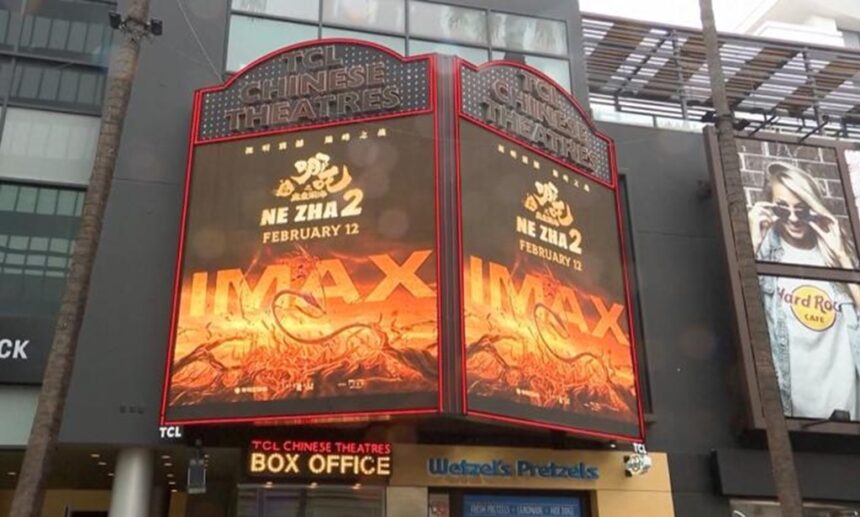On Tuesday, Ne Zha 2 reached the top of the global animation box office charts, putting Chinese animated films in the global spotlight. The film’s success reflects the creativity and innovation of animation studios like Coloroom, part of Enlight Media, which has played a key role in boosting the reputation of Chinese animation worldwide.
Zhang Peng, a film researcher and professor at Nanjing Normal University, views this achievement as a significant milestone but stresses it’s just the beginning. He believes it’s part of a longer journey toward creating an internationally competitive animation industry.
While audiences are still celebrating Ne Zha 2, Coloroom is moving forward with its ambitious “Chinese Mythology Universe” project. Jiaozi has retreated from the public view and focused on his next creation.
Zhang explains that the film’s success was due to multiple factors, including high-quality production, innovative technology, cultural depth, and strategic marketing. Replicating this success won’t be easy, requiring teamwork across the industry.
This collaborative approach has evolved over the years, driven by films like White Snake: Origin, Jiang Ziya, and Chang An, which followed Monkey King: Hero is Back in 2015.
Ne Zha 2 from decades of progress
Studios like Coloroom have developed advanced visual effects and storytelling techniques, creating a solid foundation for future projects. According to Shanghai-based film critic Xiao Fuqiu, Ne Zha 2 results from decades of progress within the domestic animation industry.
Shi Chuan, vice-chair of the Shanghai Film Association, notes that the audience’s demand for animation keeps growing. Past successes have shown investors this market’s potential. At the same time, Chinese studios are improving their technical skills and creative ideas.
However, there’s still work to be done. In 2024, animated films comprised 27% of North America’s total box office, but in China, they accounted for just 16%. This gap highlights the untapped growth potential.
Zhang adds that for Chinese animation to truly thrive in global markets, it needs consistent content creation, strong branding, better international distribution, and engaging storytelling to appeal to diverse audiences.
As Chinese animation aims to expand internationally, creators explore themes beyond traditional mythology to connect with global viewers. For example, Zhu Xiaopeng, a sci-fi animator with SolidStudio, is blending traditional Chinese culture with futuristic ideas.
Chinese animation internationally
His goal is to create unique sci-fi animations with a distinctly Chinese influence. By breaking cultural barriers, he hopes to tell stories that resonate worldwide.
Another key factor is building a strong global distribution network. Xiao notes that developing a system like Hollywood’s is essential for promoting Chinese animation internationally. A strong network would help bring top-quality films to audiences around the world.
The team behind the Boonie Bears franchise has already made progress in this area. Shang Linlin, the franchise’s chief producer, explains that their company has developed an extensive overseas distribution chain. This has allowed the Boonie Bears series to perform well in China and internationally.
By continuing to innovate and adapt, Chinese animation has the potential to win over audiences globally while showcasing the richness of its culture. Industry experts remain optimistic about its future, believing it can inspire a new era of artistic achievement.
Related News:
China’s Ne Zha 2 Breaks Global Records at the Box Office

Geoff Thomas is an award winning journalist known for his sharp insights and no-nonsense reporting style. Over the years he has worked for Reuters and the Canadian Press covering everything from political scandals to human interest stories. He brings a clear and direct approach to his work.














